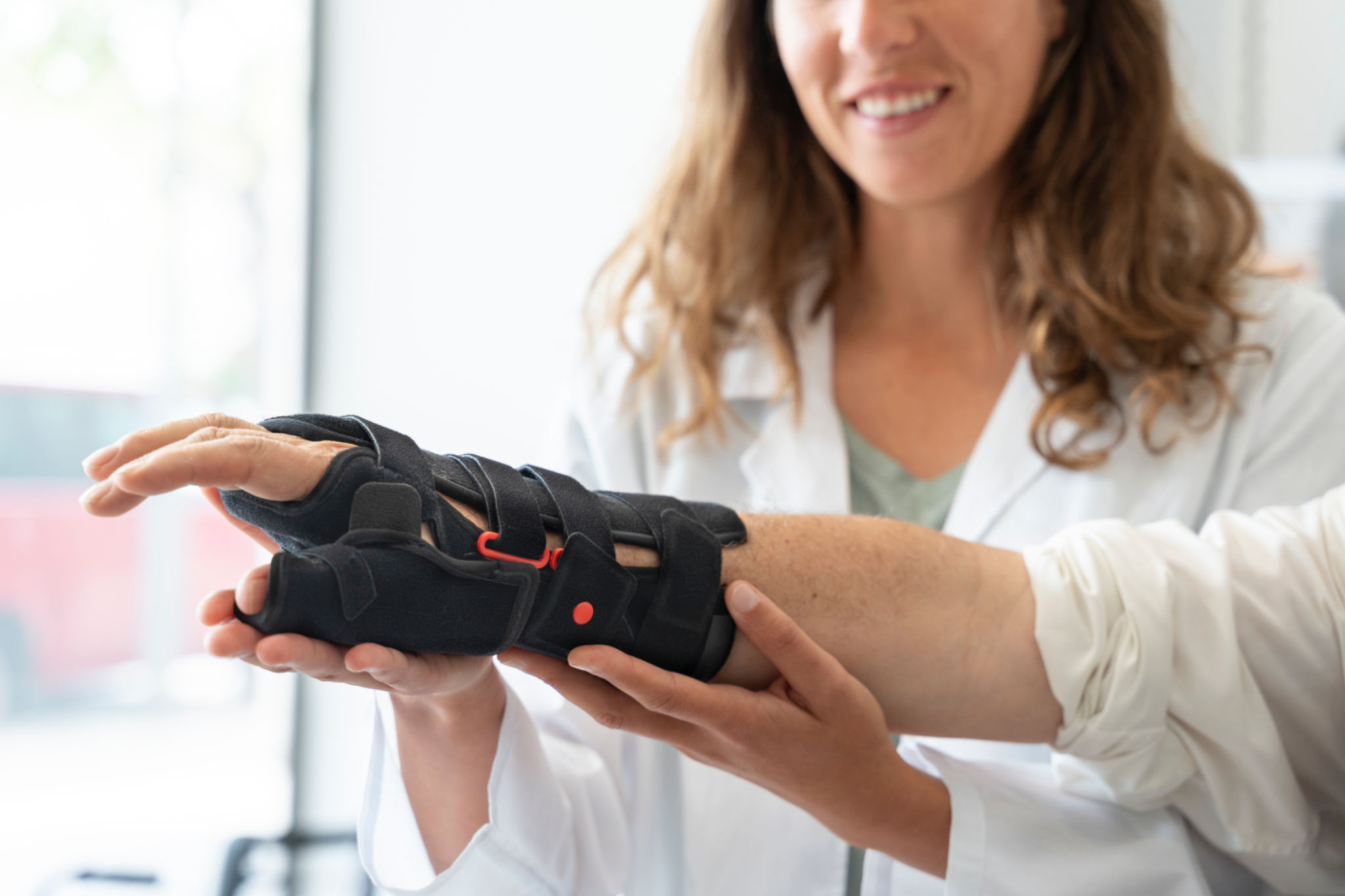Common Misconceptions About Orthopaedic Product Surveys – And the Truth
Understanding Orthopaedic Product Surveys
Orthopaedic product surveys are essential tools in the healthcare industry, providing valuable insights into the effectiveness, usability, and patient satisfaction of various products. However, these surveys are often misunderstood. Many misconceptions can lead to skepticism about their reliability and usefulness. In this blog post, we'll explore some of these common misconceptions and uncover the truth behind them.

Misconception 1: Surveys Are Just Marketing Tools
One prevalent misconception is that orthopaedic product surveys are merely marketing tools designed to promote products rather than assess them objectively. While it is true that some companies may use surveys for marketing purposes, legitimate surveys are conducted with scientific rigor to gather genuine feedback from users. They are typically designed to improve product design and functionality, ensuring that patients receive the best possible care.
Surveys often include questions about a product's comfort, ease of use, and effectiveness. This data is invaluable for manufacturers aiming to enhance their products and address any issues that users may encounter. Thus, while marketing may benefit from positive survey results, the primary objective remains product improvement.
The Role of Participants
Misconception 2: Participants Aren't Qualified
Another common myth is that the participants of orthopaedic product surveys lack the necessary qualifications or expertise to provide valuable feedback. In reality, surveys often target a diverse range of participants, including patients, healthcare professionals, and industry experts. This diversity ensures a comprehensive understanding of the product's performance across different contexts and user experiences.

Participants are usually selected based on specific criteria related to the product being evaluated. For example, a knee brace survey might involve patients who have undergone knee surgery, physical therapists, and orthopaedic surgeons. This targeted approach helps gather detailed insights from individuals with firsthand experience or relevant knowledge.
Misconception 3: Survey Results Are Not Reliable
A frequent concern is that survey results lack reliability due to potential biases or inaccuracies in data collection. However, reputable surveys employ rigorous methodologies to ensure accurate and reliable data. These methodologies may include random sampling, anonymity for participants, and statistical analysis to minimize bias.
Moreover, surveys are often conducted by independent research organizations or in collaboration with academic institutions to maintain objectivity. The combination of structured methodology and expert oversight enhances the credibility and reliability of the results.

Impact on Product Development
Misconception 4: Surveys Have Little Impact
Some people believe that orthopaedic product surveys have minimal impact on actual product development. In truth, these surveys play a crucial role in shaping the future of orthopaedic products. Feedback collected through surveys can lead to significant improvements in design, functionality, and patient outcomes.
Manufacturers use survey data to identify common pain points and areas for enhancement. For instance, if a survey reveals that users find a specific type of orthopaedic shoe uncomfortable, the manufacturer might redesign the shoe to offer better support and comfort. This process ensures that products evolve based on real-world feedback rather than assumptions.
Conclusion
Orthopaedic product surveys are more than just tools for marketing; they are essential for gathering actionable insights that drive innovation and improvement in healthcare products. By understanding the truth behind common misconceptions, we can appreciate the value these surveys bring to both manufacturers and users. As these surveys continue to evolve with advancements in data collection and analysis techniques, their importance in enhancing patient care remains undeniable.
